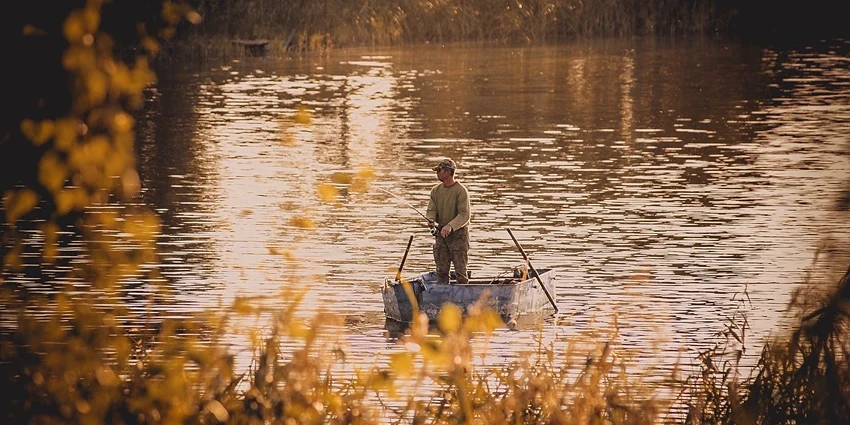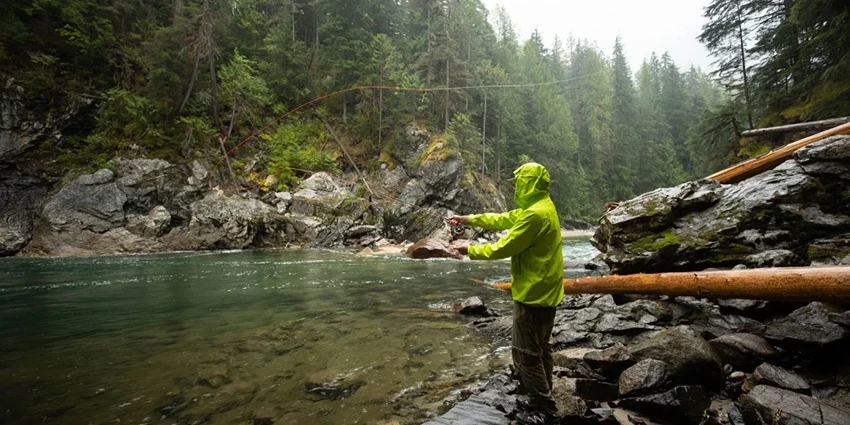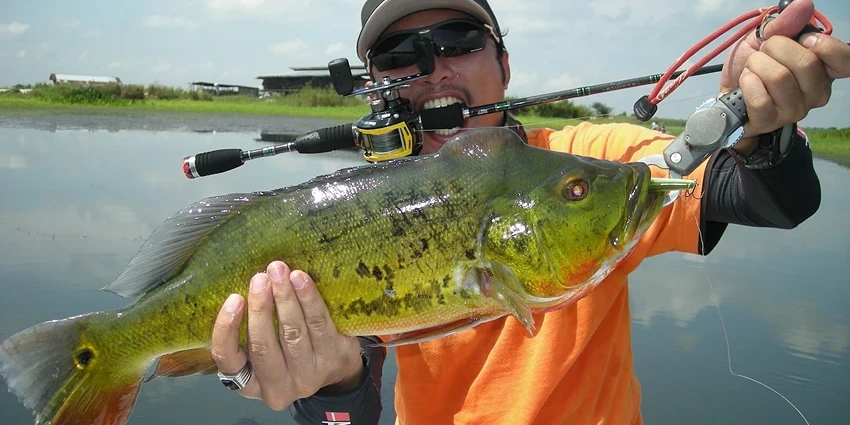All products were chosen independently by our editorial team. This review contains affiliate links and we may receive a commission for purchases made. Please read our affiliates FAQ page to find out more.
Fishing is more than just a hobby; it’s a way to connect with nature and contribute to the conservation of our aquatic ecosystems. As we embrace the joys of fishing, it’s crucial to adopt ethical practices that ensure the sustainability of our waterways and fish populations. This guide delves into the principles of ethical angling and conservation, offering valuable tips for anyone passionate about fishing.
Jump to:
The Essence of Angling Ethics
Ethical angling is about respecting the environment and the creatures that inhabit it. It’s a commitment to responsible fishing practices that go beyond just following the rules. It involves understanding and adhering to conservation principles, ensuring that our fishing activities contribute positively to the ecosystems we enjoy.
Respecting the Environment
The first step in ethical angling is to develop a deep respect for the natural world. This means understanding the impact of our actions on the environment and taking steps to minimize any negative effects. It’s about being mindful of the habitats we enter and ensuring that we leave them as pristine as we found them.
Responsible Fish Handling Practices
Handling fish with care is a cornerstone of ethical angling. This involves techniques that minimize stress and injury to the fish, especially when practicing catch and release. It’s crucial to handle fish as little as possible, and when you do, ensure your hands are wet to protect the fish’s slime coat. Quick and gentle release back into the water is key to their survival.
Adherence to Fishing Regulations
Fishing regulations are in place for a reason – to protect fish populations and ensure sustainable fishing practices. As ethical anglers, it’s our responsibility to be well-informed about the rules and regulations of the areas we fish in. This includes size and bag limits, as well as understanding which species are protected or endangered.
Conservation-Forward Fishing Techniques
Adopting conservation-forward techniques is essential for the sustainability of our fisheries. These practices not only benefit the environment but also ensure that future generations can enjoy the same fishing experiences we do today.
Catch and Release Best Practices
Catch and release, when done correctly, is a powerful tool for conservation. It allows anglers to enjoy fishing while minimizing the impact on fish populations. Key practices include using barbless hooks, avoiding excessive handling, and ensuring a quick release back into the water.
Sustainable Fishing Gear Choices
The gear we choose can have a significant impact on the environment. Opting for sustainable and non-toxic materials, such as lead-free weights and biodegradable lines, can make a big difference. It’s also important to maintain and clean your gear regularly to prevent the spread of invasive species.
Minimizing Environmental Impact
Every action we take while fishing can affect the environment. From the way we navigate our boats to the way we dispose of our waste, it’s crucial to be conscious of our impact. Practicing ‘leave no trace’ principles and being mindful of our surroundings helps preserve the natural beauty and health of our waterways.

The Role of Anglers in Conservation
Anglers play a vital role in the conservation of aquatic ecosystems. By being stewards of the environment, we can make a significant contribution to the health and sustainability of our fisheries.
Community Involvement in Conservation Efforts
Getting involved in local conservation efforts is a great way for anglers to make a difference. This can include participating in habitat restoration projects, attending conservation-focused events, or joining local fishing clubs that prioritize sustainable practices.
Educating Fellow Anglers on Ethical Practices
Sharing knowledge and educating others about ethical angling practices is crucial for widespread conservation efforts. Whether it’s through social media, community workshops, or casual conversations on the water, spreading awareness about responsible fishing can have a ripple effect throughout the angling community.
Register for our latest in-depth reviews and product round-ups from the experts
Enter your email address below to receive our twice monthly reviews emails.
By entering your details, you are agreeing to our terms and conditions and privacy policy. You can unsubscribe at any time.
Freshwater Fishing Techniques
Freshwater fishing requires a blend of skill, knowledge, and respect for the environment. Understanding the behavior of freshwater fish and adapting our techniques accordingly can lead to a more successful and sustainable fishing experience.
Effective Freshwater Fishing Strategies
- Know Your Fish: Understanding the species you’re targeting is crucial. Each species has unique habits and preferences.
- Seasonal Tactics: Fish behavior changes with the seasons. Adjust your techniques to match these patterns for better results.
Understanding Freshwater Fish Behavior
- Feeding Habits: Learn what your target species eats and when they feed.
- Spawning Patterns: Recognize spawning seasons and avoid disrupting these critical periods.
Ethical Considerations in Freshwater Fishing
Ethical fishing in freshwater environments involves more than just catching fish. It’s about maintaining the balance of the ecosystem and ensuring the health of fish populations.
Addressing Overfishing Concerns
- Regulation Compliance: Always adhere to local fishing regulations, including size and bag limits.
- Selective Harvesting: Practice selective harvesting to maintain a healthy fish population.
Habitat Preservation and Restoration
- Protect Water Quality: Avoid activities that could pollute or disturb the water.
- Support Habitat Projects: Participate in or support local habitat restoration initiatives.
Frequently Asked Questions
Use barbless hooks, practice catch and release, and follow local fishing regulations.
Handle fish with wet hands, minimize air exposure, and release them gently back into the water.
It helps in targeting fish responsibly and avoiding disruption during critical periods like spawning.
Tables: Key Facts for Sustainable Freshwater Fishing
| Fish Species | Best Catch and Release Practices | Spawning Season |
| Trout | Use barbless hooks, gentle handling | Spring |
| Bass | Minimize handling, quick release | Early Summer |
| Pike | Wet hands, avoid air exposure | Late Spring |
| Habitat Conservation Tips | Benefits |
| Avoid littering | Keeps waterways clean |
| Support local projects | Enhances fish habitats |







